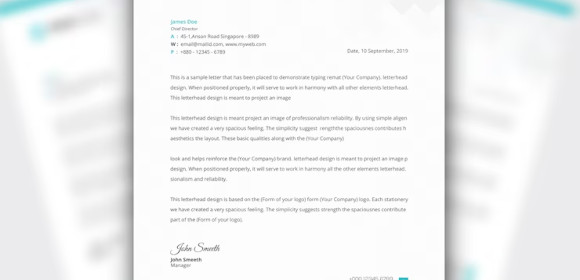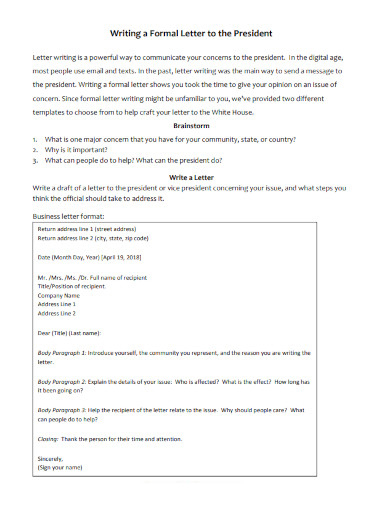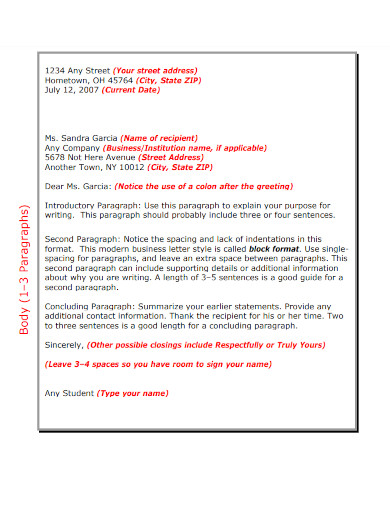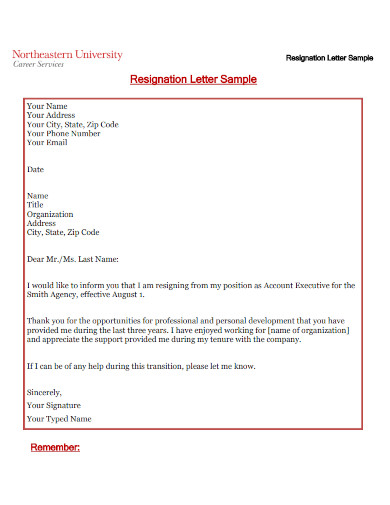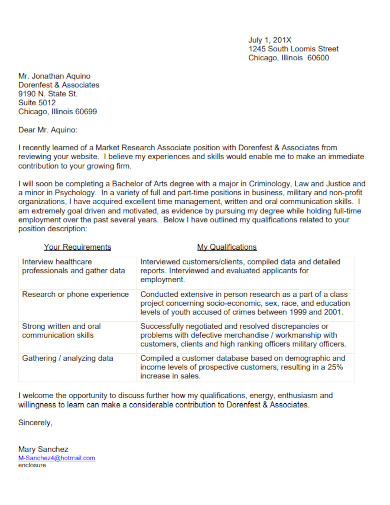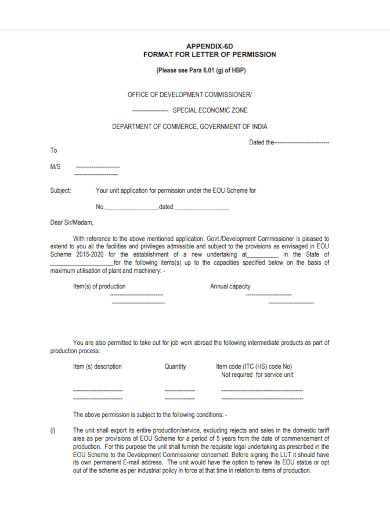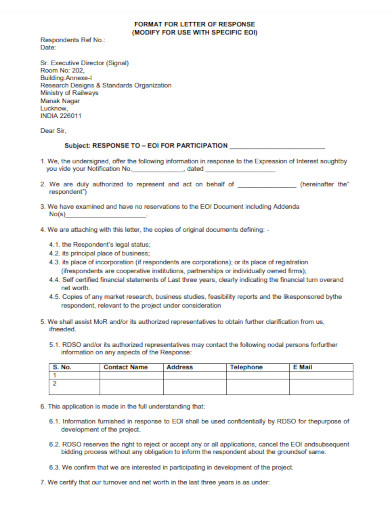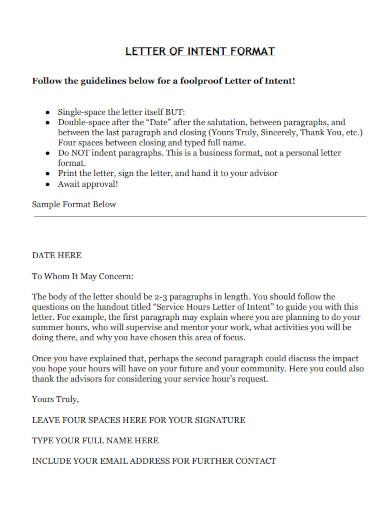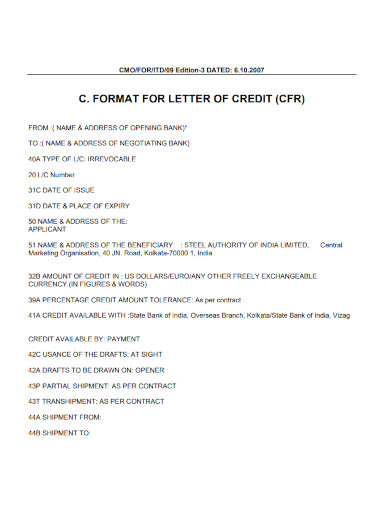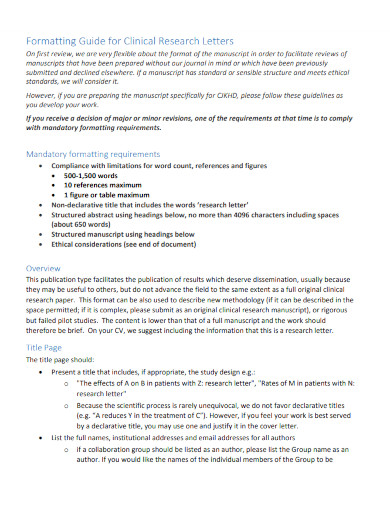10+ Letter Format Examples to Download
In today’s digital age, letter writing may seem like a thing of the past. However, there are still occasions where a well-crafted letter can make all the difference. Whether it’s a job application, a personal note, or a formal business correspondence, knowing the appropriate format to use can elevate your message and make a lasting impression. In this guide, we’ll explore the different letter formats and provide tips on how to choose the right one for your purpose.
1. Formatting the Business Letter
2. Writing a Formal Letter Format to President
3. Friendly Letter Format Sample
4. Resignation Letter Format Sample
5. Cover Letter Table Format
6. Format for Letter of Permission
7. Sample Willingness Letter Format
8. Format for Letter of Response
9. Letter of Intent Format
10. Format for Letter of credit
11. Formatting Guide for Clinical Research Letters
What is a Letter Format?
A letter format refers to the text structure and layout used for writing a letter. It includes the arrangement of the various components of the letter, such as the heading, date, salutation, introduction, body, conclusion, closing, and signature. Letter formats can vary depending on the type of letter, the purpose of the letter, and the intended audience. The format used for a business letter, for example, may differ from that used for a personal letter. Properly formatting a letter can help ensure that it is well-received and presents a professional and polished appearance.
How to format a Letter
Remember, formatting a letter properly can make a big difference in how it is perceived by the recipient. By following these steps, you can ensure that your letter is well-written and properly formatted.
Step 1: Choose the appropriate format
There are several letter formats to choose from, including block, modified block, and semi-block. Choose the format that is most appropriate for the occasion and purpose of the letter.
Step 2: Add your contact information
Start by including your name, address, phone number, and email address (if applicable) at the top of the letter. This is typically aligned to the left-hand margin.
Step 3: Add the date
Add the date of the letter one space below your contact information, aligned with the left-hand margin.
Step 4: Add the recipient’s contact information
Include the recipient’s name, title, company, and address below the date, also aligned to the left-hand margin. Make sure to include the appropriate salutation (such as “Dear Mr./Ms.”).
Step 5: Write the body of the letter
Write the main content of the letter in a clear and concise manner. Use paragraphs to break up the content and make it easier to read. Use a polite and professional tone, and avoid using slang or informal language.
Step 6: Add the closing and signature
End the letter with a closing phrase, such as “Sincerely” or “Best regards,” followed by your signature and typed name.
Step 7: Proofread and edit
Finally, proofread and edit your letter to ensure it is free of errors and presents your message clearly and professionally.
FAQs
How do I choose the appropriate letter format?
Choose the letter format based on the type of letter you are writing and the audience you are writing to. For instance, a business letter requires a more formal format, while a personal letter can be more casual.
What is the most common letter format?
The most common letter format is the block format, where everything is aligned to the left-hand margin, including the heading, date, greeting, body, closing, and signature.
Can I use bullet points in a letter format?
Bullet points are generally not used in letter formats. Instead, use paragraphs to organize and present your ideas.
How does a modified block letter format differ from a block letter format?
A modified block letter format differs from a block letter format in the alignment of the date, closing, and signature block. In a block letter format, everything is aligned to the left-hand margin, whereas in a modified block letter format, these elements are aligned to the right-hand margin.
Is there a standard font and font size for modified block letter formats?
There is no specific font or font size required for modified block letter formats, but it is recommended to use a legible and professional font such as Times New Roman or Arial, in a 12-point size.
Is a modified block letter format more formal than a block letter format?
No, a modified block letter format is not necessarily more formal than a block letter format. The level of formality depends on the content of the letter and the intended audience.
In conclusion, formatting a letter may seem like a minor detail, but it can have a significant impact on how your message is received by the recipient. Choosing the appropriate format, including the necessary elements such as the heading, greeting, body, closing, and signature, and following proper etiquette when addressing the recipient can all contribute to a more effective and professional letter. By taking the time to properly format your letters, you can ensure that your message is well-received and achieves the intended purpose.


